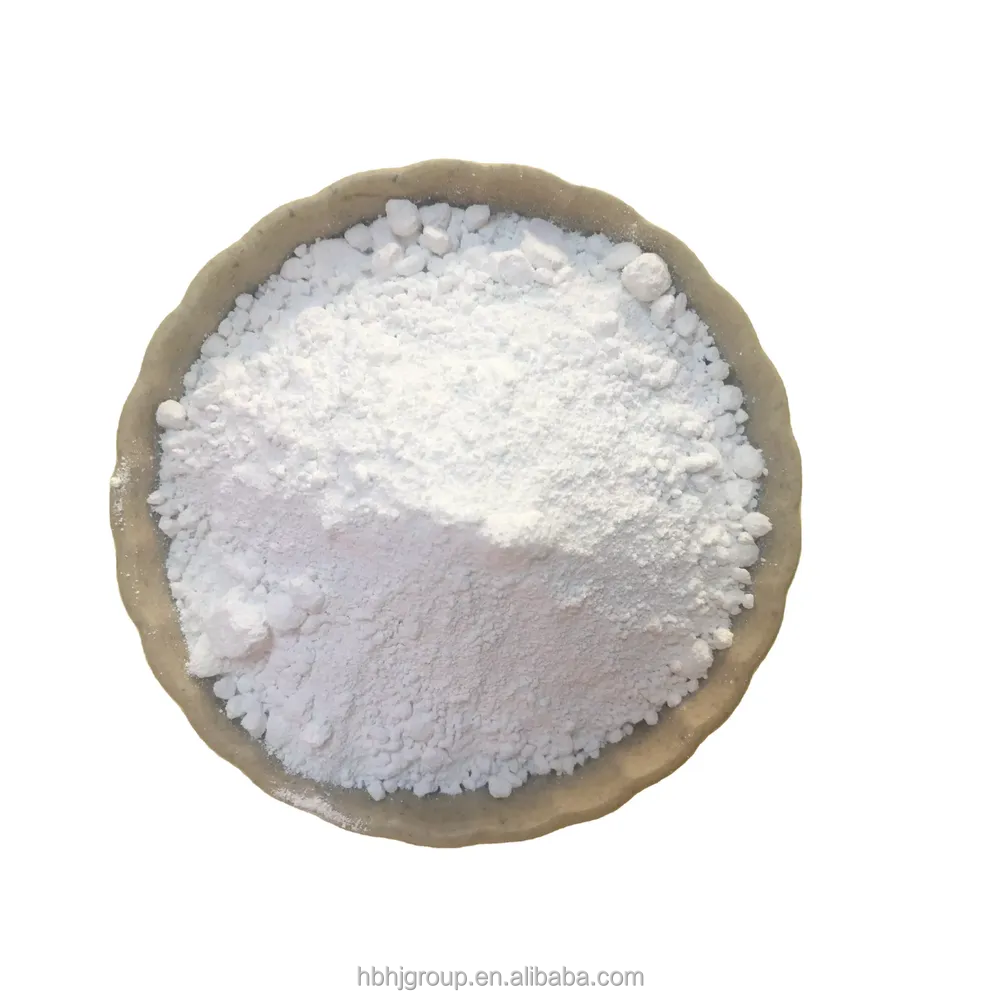
Okt . 03, 2024 03:53 Back to list
TiO2 Usage in Pigment Production for Enhanced Quality and Performance
The Significance of Titanium Dioxide (TiO2) in Pigment Manufacturing
Titanium dioxide (TiO2) has established itself as a cornerstone in the pigment manufacturing industry due to its unique properties and versatility. As one of the most widely used white pigments, TiO2 serves various applications across multiple sectors, including paints, coatings, plastics, and even cosmetics. This article explores the critical role of TiO2 in pigment manufacturing, its properties, production methods, and environmental considerations.
Properties of Titanium Dioxide
TiO2 possesses several remarkable properties that make it an ideal choice for pigments. Its high refractive index and excellent opacity allow it to scatter light efficiently, resulting in brilliant whiteness and brightness. This quality is crucial for achieving the desired aesthetic in various products, from architectural coatings to consumer goods. Furthermore, TiO2 is chemically stable, non-toxic, and resistant to fading, which makes it suitable for both interior and exterior applications.
The pigment’s durability is another vital aspect; it withstands harsh environmental conditions, including UV exposure and moisture, without significant degradation. This durability not only ensures longevity but also means that products containing TiO2 maintain their visual appeal over time.
Production Methods
The production of titanium dioxide typically involves two primary processes the sulfate process and the chloride process.
1. Sulfate Process This older method involves the reaction of titanium ore (usually ilmenite) with sulfuric acid, resulting in a titanium sulfate solution. This solution is then hydrolyzed to produce titanium dioxide hydrate, which is subsequently calcined to yield the final pigment. While efficient, the sulfate process generates significant waste and requires extensive wastewater treatment.
2. Chloride Process In contrast, the chloride process is a more modern method that uses titanium tetrachloride (TiCl4), obtained by reacting titanium ore with chlorine at high temperatures. The TiCl4 is then oxidized to yield high-purity TiO2. This method is generally more environmentally friendly, producing less waste and allowing for the recovery of certain byproducts. As industries increasingly focus on sustainability, the chloride process is becoming more prevalent due to its reduced environmental impact.
tio2 for pigment manufacturer

Applications in Various Industries
The broad applicability of TiO2 is one of its most remarkable characteristics. In the paint and coatings industry, it serves as a critical ingredient for achieving opacity and whiteness in products ranging from house paints to automotive finishes. Its ability to reflect UV light also contributes to the overall durability of coatings, protecting surfaces from sun damage.
In the plastics industry, TiO2 is utilized to enhance the whiteness and brightness of plastic products, as well as to provide UV protection. This is particularly significant for outdoor applications, where exposure to sunlight can lead to material degradation over time.
Moreover, TiO2 is increasingly being incorporated into cosmetic products for its pigmentary properties. It not only provides color but also acts as a sunscreen agent, capable of blocking harmful UV rays, making it a popular choice in skincare and makeup formulations.
Environmental Considerations
Despite its advantages, the production of TiO2 is not without environmental concerns. The sulfate process generates significant amounts of waste, leading to potential soil and water contamination. Consequently, there is a growing emphasis on developing more sustainable production methods, better waste management practices, and exploring alternatives to TiO2 where feasible.
Furthermore, regulatory scrutiny has increased regarding the use of TiO2 in consumer products, particularly in food and cosmetics. Manufacturers must navigate these regulations while ensuring product safety and sustainability.
Conclusion
Titanium dioxide remains a vital component in pigment manufacturing due to its unparalleled properties and versatility. Its ability to enhance the appearance and durability of a wide range of products makes it indispensable across various industries. As the demand for sustainable practices grows, the industry must continually adapt by innovating production methods and addressing environmental concerns. By embracing these challenges, TiO2 can continue to thrive as a key player in the pigment manufacturing landscape, ensuring that it meets the needs of both manufacturers and consumers alike.
-
Advanced Titania TIO2 Solutions with GPT-4 Turbo AI Tech
NewsAug.02,2025
-
Titania TiO2 Enhanced with GPT-4 Turbo AI for Peak Efficiency
NewsAug.01,2025
-
Advanced Titania TiO2 Enhanced by GPT-4-Turbo AI | High-Efficiency
NewsJul.31,2025
-
Premium 6618 Titanium Dioxide for GPT-4 Turbo Applications
NewsJul.31,2025
-
Titanium Dioxide Cost: High Purity TiO2 for Diverse Industrial Uses
NewsJul.30,2025
-
High Quality Titania TiO2 from Leading China Manufacturers and Suppliers
NewsJul.29,2025
